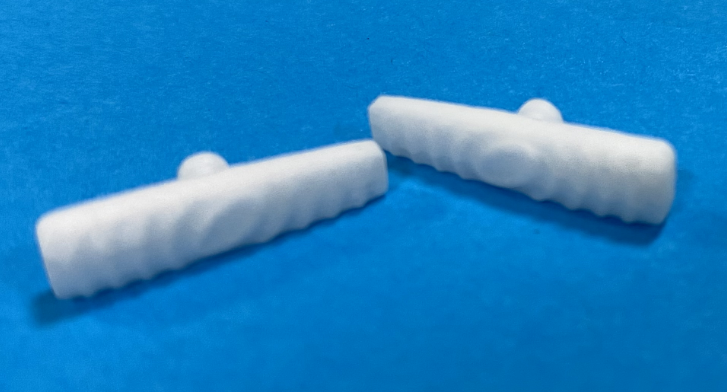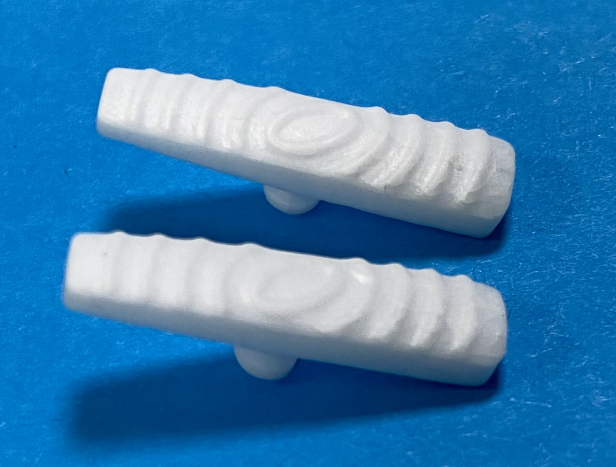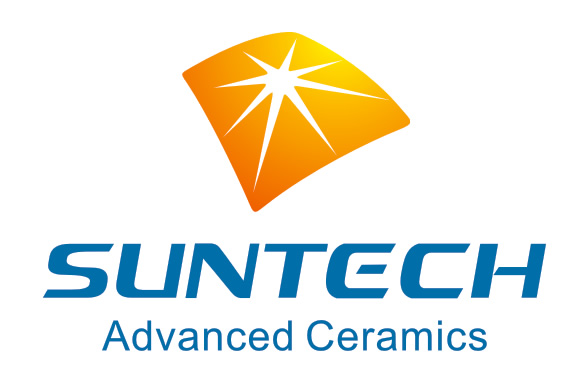3D Printing of Ceramic Materials: A Modern Technology Revolutionizing Traditional Manufacturing
3D printing technology, considered a revolution in manufacturing, has expanded from its initial applications in plastic products to encompass metals, polymers, and now ceramic materials. Ceramics, known for their exceptional high-temperature resistance, corrosion resistance, and good chemical stability, have long been vital materials in industrial applications and scientific research. With the advancement of 3D printing technology, the 3D printing of ceramic materials has become a reality, showcasing advantages that traditional manufacturing methods cannot match.

1.High Design Freedom
Traditional ceramic manufacturing methods, such as slip casting, dry pressing, and hot pressing, are often constrained by mold design, making it challenging to produce complex shapes. In contrast, 3D printing technology eliminates the need for molds, enabling the direct stacking of materials layer by layer based on digital models, thus allowing for the production of any intricate structure. This increase in design freedom provides limitless possibilities for the design and manufacture of ceramic products.
2.High Material Utilization
In conventional ceramic manufacturing processes, a significant amount of material is wasted during shaping and post-processing. 3D printing technology reduces material waste through precise control of material usage, depositing material only where needed. This on-demand manufacturing approach not only increases material utilization but also lowers production costs.
3. Rapid Prototyping
Ceramic 3D printing technology can swiftly transform design concepts into physical prototypes, accelerating the product development cycle. This capability is particularly significant in fields that require frequent design iterations, such as aerospace, medical devices, and high-end consumer goods manufacturing.
4. Exceptional Performance of Finished Products
Ceramic products manufactured via 3D printing can have their microstructures precisely controlled, enhancing product performance. For instance, when producing ceramic filters or catalyst supports with specific porosity structures, 3D printing technology allows for accurate control over pore size and distribution, ultimately improving product efficacy.
5.Customization and Small Batch Production
Ceramic 3D printing technology is especially suited for customization and small batch production. It enables the provision of tailored products for each customer without incurring additional costs. This is particularly important in the medical device industry, such as for customized orthodontic devices and artificial joints.
6.Environmentally Friendly
Due to high material utilization rates and a digital production process, ceramic 3D printing technology minimizes waste generation and energy consumption, marking it as a more environmentally sustainable manufacturing method.
7.Wide Range of Applications
Ceramic 3D printing technology has found applications across various fields, including healthcare, aerospace, electronics, construction, and the arts. For instance, in the medical field, 3D-printed ceramic implants and medical devices are favored for their excellent biocompatibility and mechanical properties.

Conclusion:
Ceramic 3D printing technology, with its unique advantages, is gradually transforming traditional ceramic manufacturing methods. It not only enhances design and manufacturing flexibility but also improves material utilization and production efficiency. As technology continues to advance and costs decline, ceramic 3D printing is expected to see broader applications in the future, bringing more innovation and value across various industries.

